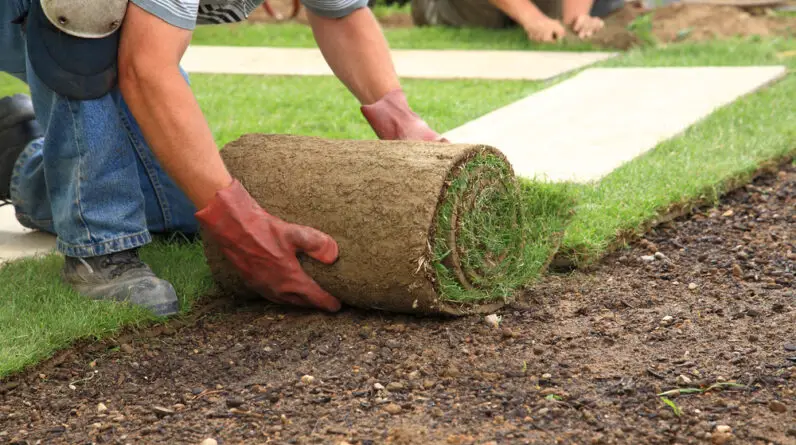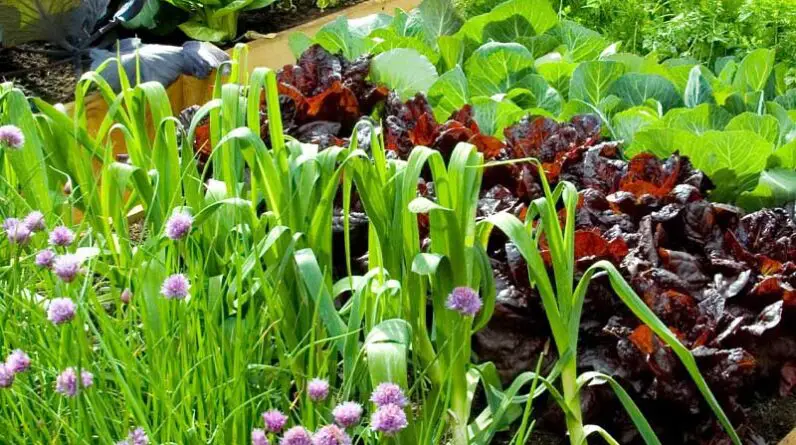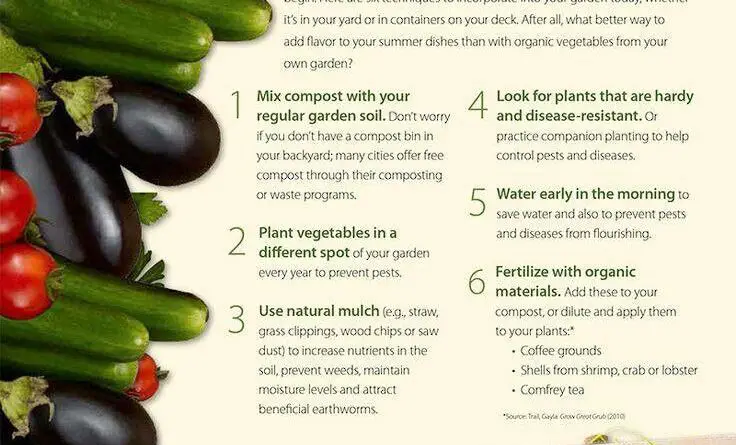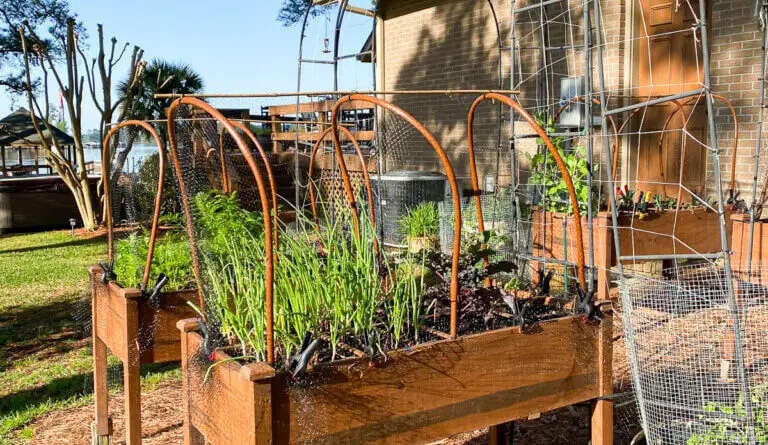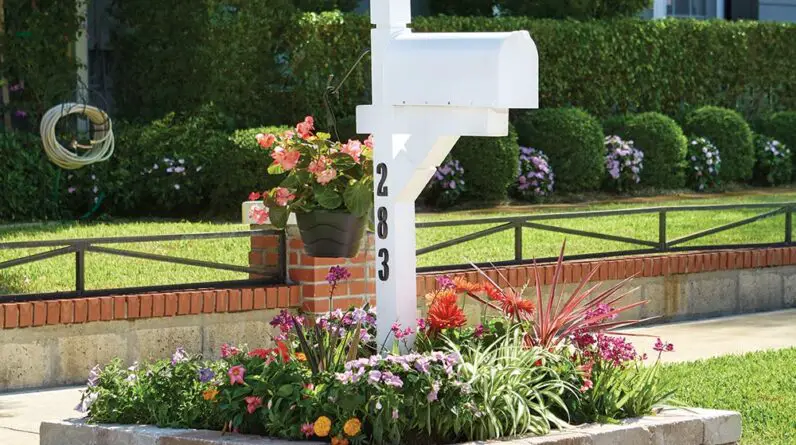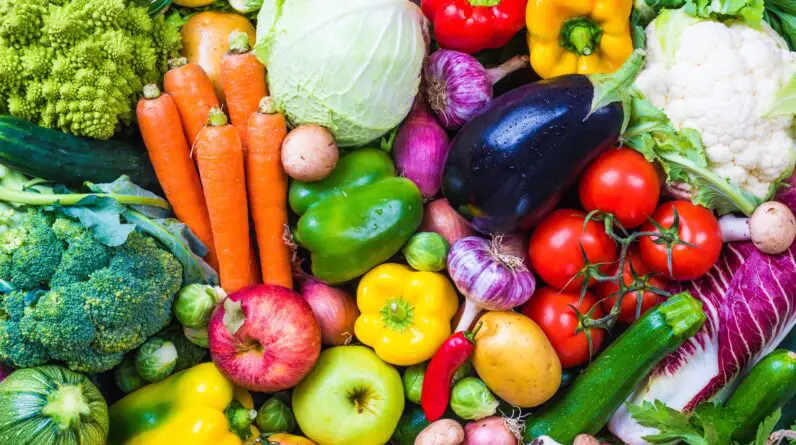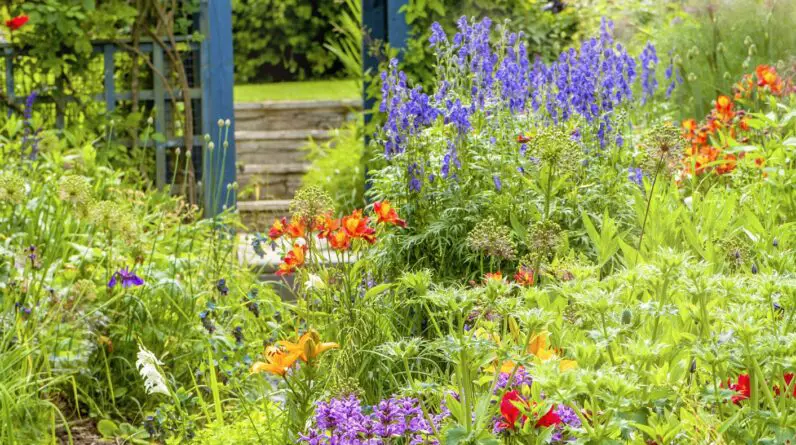
Introduction
As garden enthusiasts, we are always on the lookout for the newest garden trends. Whether it’s maximizing small spaces with vertical gardening, experimenting with cut flower gardens, or attending online webinars to expand our knowledge, we are always eager to try out new ideas.
Overview of Top Garden Trends
The upcoming year promises to bring even more thrilling garden trends. Houseplant collectors are seeking out rare and unusual varieties with intriguing shapes, textures, and colors. Gardeners are also getting creative with their color combinations to brighten up their outdoor spaces. Meanwhile, meadow gardens are providing crucial support for pollinators, and Mediterranean-style gardens are seeing a surge in popularity.
Cottage Gardens Featuring Colorful Blooms
One of the top trends that we are most excited about is cottage gardens featuring colorful and fragrant blooms. This trend combines the charm of a quaint, cottage-style garden with the beauty of colorful blooms. These gardens typically feature a mix of annual and perennial plants in bold and bright colors like pinks, purples, and yellows.
Cottage gardens are not only easy to maintain, but they also attract a diverse range of pollinators like bees, butterflies, and hummingbirds. As gardeners, the overall cheerfulness and charm of cottage gardens make them a must-have in any outdoor space!
Growing Cut Flower Gardens at Home
At our gardening center, we love to help people bring beauty into their homes and gardens with flowers. That’s why we are excited to share the trend of growing cut flower gardens at home. It’s a charming and practical way to add color and fragrance to any space.
Benefits of Growing Cut Flower Gardens at Home
By growing your own cut flower garden, you can enjoy a fresh supply of blooms that you can use for decoration in your home or for gifts. It’s also a budget-friendly way to have a constant supply of fresh flowers without having to spend a lot. Besides, it is a satisfying and therapeutic hobby that allows you to connect with nature and express creativity.
Popular Cut Flower Varieties to Include in Your Garden
There are many cut flower varieties that can thrive in your garden, including sunflowers, zinnias, dahlias, cosmos, and lavender. These are low-maintenance, easy to grow and will add a pop of color to your garden throughout the season.
Tips on Maintenance and Care for Cut Flower Gardens
To enjoy your cut flower garden, you need to keep it healthy and thriving. We recommend planting in well-draining soil with plenty of sunshine. You should also deadhead regularly to encourage new growth and cut flowers when they are in full bloom to extend their life. With proper care and maintenance, your cut flower garden will bring joy to your life for a long time.
In summary, growing a cut flower garden at home is an enjoyable, cost-effective, and sustainable way to add beauty and fragrance to your space. With our tips, you can start your own cut flower garden with ease!
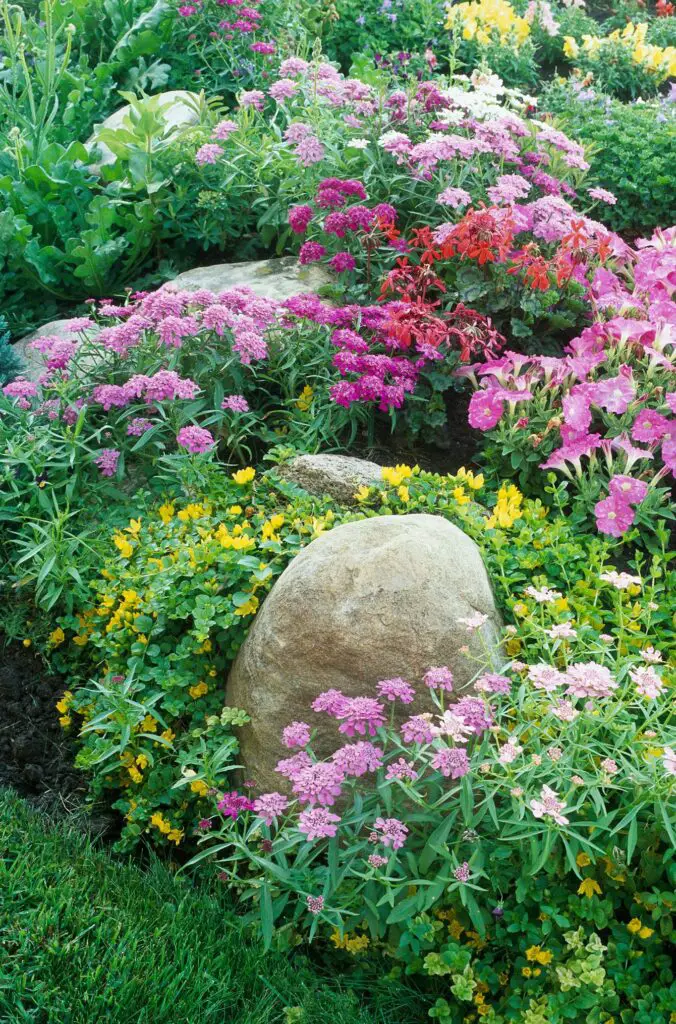
Cottage Gardens Featuring Colorful and Fragrant Blooms
At our online webinars, we have noticed that more gardeners are exploring the idea of creating a cottage garden. A cottage garden is an informal garden that features colorful and fragrant blooms that are mixed together in a seemingly haphazard way. The goal is to create a garden that looks like it has grown naturally over time.
Defining a Cottage Garden
Cottage gardens are typically filled with perennials and annuals that have a wild and rustic look. It’s a garden that emphasizes color, fragrance, and texture rather than a formal structure. The plants are typically grown in a mixed border and are meant to be enjoyed both in the garden and as cut flowers in the home.
Popular Cottage Garden Flowers
Some popular plants that are commonly found in cottage gardens include peonies, roses, lavender, phlox, and columbines. These flowers are chosen for their beauty and fragrance, and they create a beautiful tapestry of color when they are mixed together.
Creating a Cottage Garden Design
When creating a cottage garden, it’s important to choose plants that are native to your area and that will thrive in the conditions of your garden. You can choose a theme for the garden, such as a color scheme, or you can mix and match different plants to create a more natural look.
Tips for Maintenance and Care of Cottage Gardens
Cottage gardens require regular maintenance to keep them looking their best. You’ll need to deadhead spent flowers, water regularly, and feed the plants with fertilizer. It’s also important to keep an eye out for pests and diseases and to take action quickly if you notice any problems.
In conclusion, a cottage garden is a beautiful and charming addition to any outdoor space. By following these tips for creating and maintaining your own cottage garden, you can enjoy a colorful and fragrant space that will be the envy of your neighbors.
Mediterranean-Style Gardens
As gardeners, we are always looking for new and exciting trends to make our outdoor spaces beautiful. One such trend that has caught our attention is the rise in popularity of Mediterranean-style gardens. These gardens are perfect for those who love the sunny and warm climate of the Mediterranean region and want to recreate it in their own garden.
Defining a Mediterranean-Style Garden
A Mediterranean-style garden features plants that thrive in hot and dry climates, such as lavender, rosemary, and olive trees. The garden is typically designed with stone or terracotta walkways, walls, and statuary that reflect the region’s history and culture.
Popular Mediterranean-Style Plants
Some popular plants for a Mediterranean-style garden include herbs like thyme and oregano, colorful blooms like bougainvillea and hibiscus, and succulents like agave and aloe vera. These plants can bring vibrant colors, lush greenery, and intoxicating fragrances to your garden.
Creating a Mediterranean-Style Garden Design
When creating a Mediterranean-style garden, consider adding accents like a fountain, a pottery urn, or a mosaic tile wall. Use warm, earthy colors like terracotta, sandy beige, and deep browns. For seating areas, use outdoor furniture made from materials like wrought iron or wicker.
Tips for Maintenance and Care of Mediterranean-Style Gardens
To maintain your Mediterranean-style garden, ensure adequate drainage, as dry soil and sunshine are essential to many of the plants’ needs. Water only when necessary and opt for drought-resistant plants when possible. Make sure to prune regularly to keep the plants looking lush and healthy.
Incorporating Mediterranean-style elements into your garden can create a relaxing and tranquil atmosphere that transports you to the sunny Mediterranean region. So, let’s get creative and try to give a Mediterranean-inspired twist to our gardens!
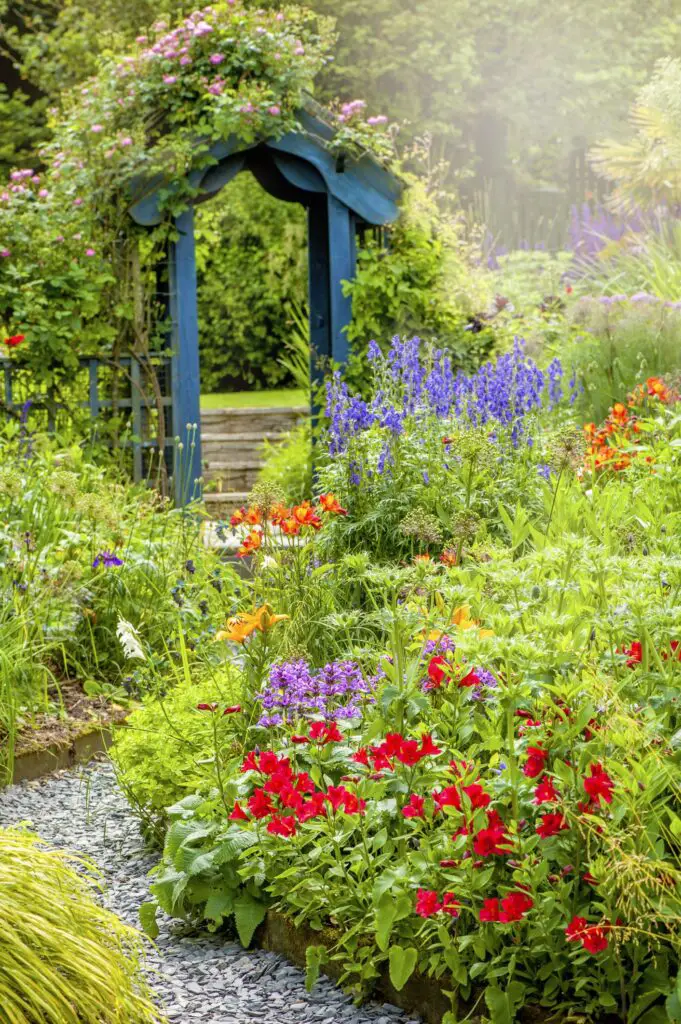
Meadow Gardens as an Alternative to Lawns
At our garden design firm, we have noticed a surge in popularity for meadow gardens as an alternative to traditional lawns. These gardens provide vital support for pollinators and offer a more natural look to outdoor spaces.
Benefits of a Meadow Garden
Meadow gardens require less water and maintenance compared to a typical lawn. They also provide a habitat for wildlife, including butterflies and birds. Meadow gardens can be designed to complement the natural landscape and create a peaceful, serene atmosphere in any outdoor space.
Popular Meadow Garden Flowers and Plants
Common flowers and plants found in meadow gardens include wildflowers like daisies, coneflowers, and black-eyed Susans. Native grasses like bluestem and switchgrass are also popular additions.
Creating a Meadow Garden Design
Creating a meadow garden design involves selecting flowers and plants that are native to the area and that will thrive in the specific growing conditions of the garden. It’s important to plan for varying heights and bloom times to ensure a diverse range of colors and textures throughout the growing season.
Tips for Maintenance and Care of Meadow Gardens
Meadow gardens require minimal maintenance, but it is important to mow or trim the area once or twice a year to prevent invasive species from taking over. It’s also important to allow the plants to go to seed and reseed themselves for next year’s blooms.
Meadow gardens are a beautiful and eco-friendly alternative to traditional lawns. Consider incorporating one into your outdoor space for a more sustainable and natural look.
Top Garden Trends for 2023: Mediterranean-style Gardens
Stay tuned for our next trend update, where we’ll be discussing the rising popularity of Mediterranean-style gardens.
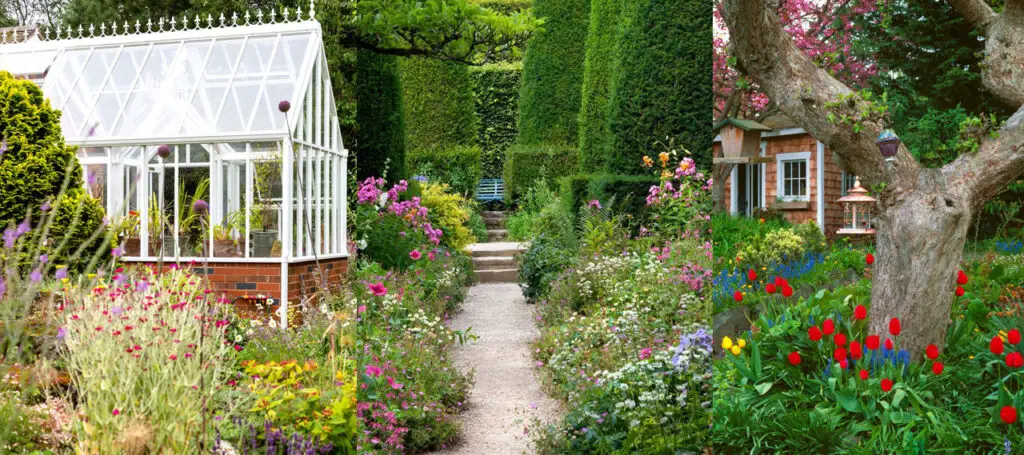
Learning and Expanding Garden Knowledge Through Webinars
As garden enthusiasts, we understand the importance of continuously learning about the latest gardening techniques and trends to improve our green spaces. One modern way to expand our knowledge base is by attending garden webinars.
Benefits of Attending Garden Webinars
Webinars provide opportunities to learn from experts without having to leave the comfort of our homes. Also, attendees can interact with these experts and fellow gardeners in real-time, exchanging ideas, and asking questions to get immediate answers. Additionally, webinars are usually recorded, giving us a chance to go over the content at our convenience.
Popular Garden Webinars
Online webinars covering diverse gardening topics are now available, such as soil health, rose gardening, and composting. Some popular webinars include the Garden Design Magazine’s “2023 Garden Trends” webinar and the American Horticultural Society’s “Native Plants for Sustainable Landscapes” webinar.
How to Find Garden Webinars
We can find garden webinars by searching online, signing up for gardening newsletters, and following gardening organizations on social media.
Tips for Making the Most of Garden Webinars
To get the most out of the webinar experience, we should ensure we have a stable internet connection and a device that can access the webinar platform. Also, we should take notes, ask questions, and follow up with presenters and fellow attendees.
Attending webinars is an excellent way to learn and expand our knowledge base, and as long as we have a reliable internet connection and device, we can attend them from anywhere in the world.
Collecting Rare and Unusual Houseplants
At [our website], we are always on the lookout for the latest gardening trends. One of the most exciting trends we have noticed is the increasing popularity of rare and unusual houseplants. These plants can add an element of surprise to any indoor space and make great conversation starters.
Benefits of Collecting Rare and Unusual Houseplants
Collecting rare and unusual houseplants can bring a wide range of benefits. They add a unique touch to your indoor decor, can improve your air quality, and even provide you with sustainable options for your cooking ingredients. Many rare and unusual houseplants require minimal maintenance and can even thrive in low-light conditions.
Popular Rare and Unusual Houseplant Varieties
Some popular rare and unusual houseplant varieties that we recommend include the String of Pearls, Monstera Deliciosa, the Bird’s Nest Fern, Hoya Kerrii, and the African Violet. These plants vary in size, texture, and color so they can easily add visual interest to any indoor space.
Tips for Maintaining Rare and Unusual Houseplants
When maintaining rare and unusual houseplants, be sure to research their specific care requirements. Ensure that you provide them with the necessary amount of sunlight, water, and nutrients. If you notice any signs of pests or diseases, take immediate action to correct the issue. Consider rotating your houseplants to ensure that each plant gets an equal amount of sunlight. Finally, remember that houseplants are living creatures and require care and attention to thrive.
At [our website], we are thrilled to see the increasing popularity of rare and unusual houseplants. We hope that our tips and suggestions will inspire you to add some unique and exciting plants to your indoor garden collection.
Resources
List of Recommended Garden Webinars
As gardening trends continue to evolve, it’s important to stay up-to-date with the latest techniques and tips. Online webinars have become a popular way for gardeners to learn and expand their knowledge. Here are a few of our top webinar recommendations:
List of Recommended Rare and Unusual Houseplant Varieties
Houseplant collectors are seeking out rare and unusual varieties, including those with unusual colors, large leaves, intriguing shapes, interesting patterns and textures, and hydroponic varieties. Here are some of our top recommendations for unique houseplants:
- String of Pearls
- Monstera Adansonii
- Prayer Plant
- Philodendron Pink Princess
- Senecio Rowleyanus
Websites for Finding Garden Design Inspiration
Looking for inspiration for your garden design? Here are some websites we recommend checking out:
Keep these resources in mind as you continue to experiment with growing cutting gardens, Mediterranean-style gardens, and cottage gardens featuring colorful blooms and fragrant flowers. Don’t forget to get creative with color combinations and texture as you maximize your outdoor space with vertical gardening and meadow gardens to support pollinators. Happy gardening!


